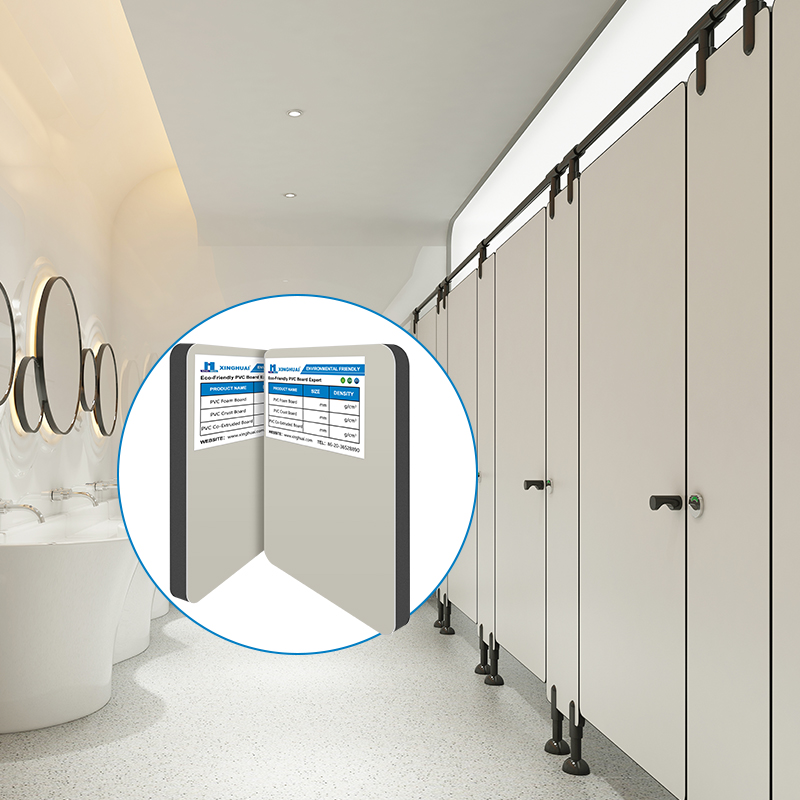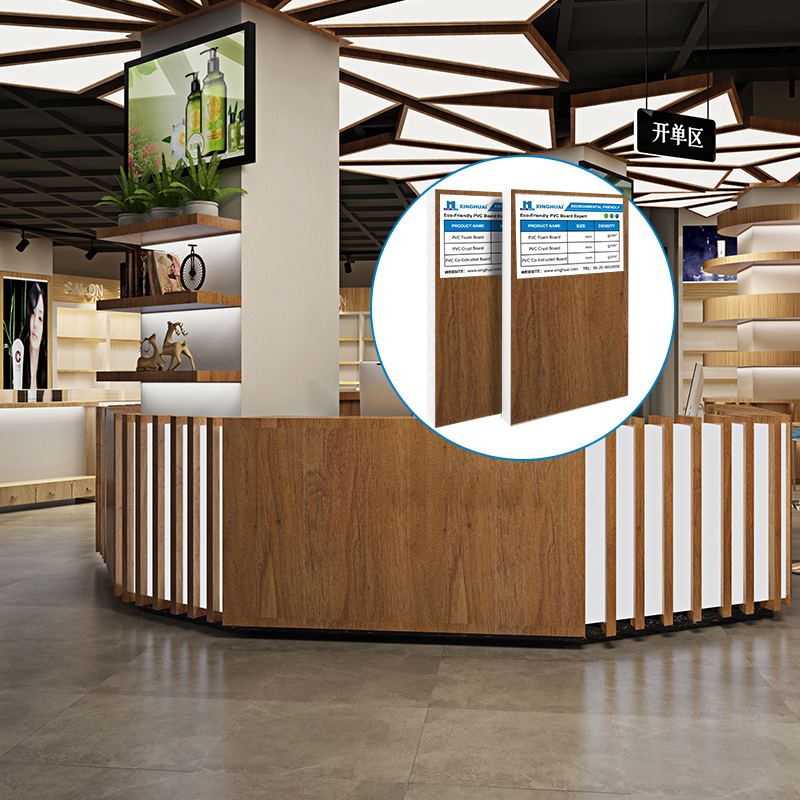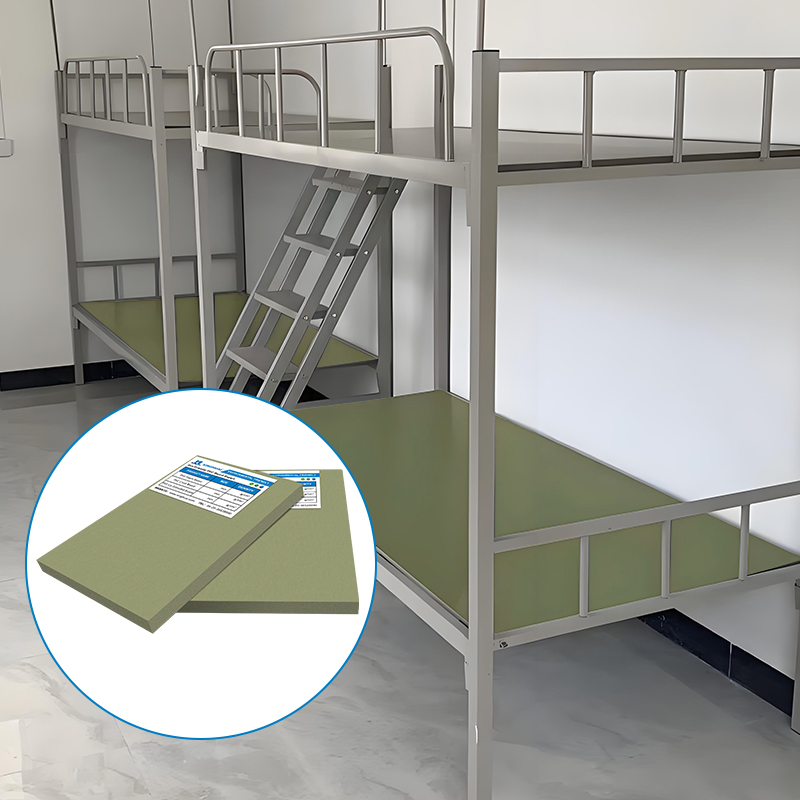What is the Impact Resistance Rating of PVC Board?
PVC boards are well-known for their versatility and durability in various applications, including concrete formwork, kitchen design, and signage. One key property of PVC boards is their impact resistance, which determines how well they can withstand force or physical stress without cracking or breaking.
Standard PVC Board: The impact resistance of regular PVC boards varies, but they generally have good resistance to minor impacts. The material can absorb shocks without cracking easily, but under high force or heavy impacts, it may bend or fracture. The impact resistance is often measured by a "Notched Izod Impact" test, with results typically ranging from 1 to 5 ft-lbs/in (foot-pounds per inch).
Fire Retardant PVC Board: Fire-resistant PVC boards are treated with additives to enhance their flame-retardant properties. These boards maintain similar impact resistance to standard PVC, though the added chemicals can sometimes make the material more brittle, reducing its ability to absorb high impacts. However, they still provide adequate protection in most indoor environments.
PVC Plastic Foam Board: Foam PVC boards are lighter and more flexible, which helps in absorbing low to moderate impacts. While they generally have lower overall impact resistance compared to solid PVC, they are suitable for non-structural applications like signage or decorative panels. Their impact resistance rating is usually lower, ranging from 0.5 to 3 ft-lbs/in.
PVC Plywood for Kitchen Cabinets: PVC plywood used in kitchens offers better resistance to moisture and heat but may have slightly reduced impact resistance compared to solid PVC due to its layered construction. It is more prone to surface dents or scratches under heavy impacts but holds up well in typical kitchen environments.
In summary, the impact resistance of PVC boards varies by type. Standard and fire retardant PVC boards provide moderate resistance to impact, while foam boards are lighter and offer less protection under heavy forces. For high-impact areas, solid PVC sheets are recommended, while foam boards and PVC plywood are suitable for lighter, decorative uses.




